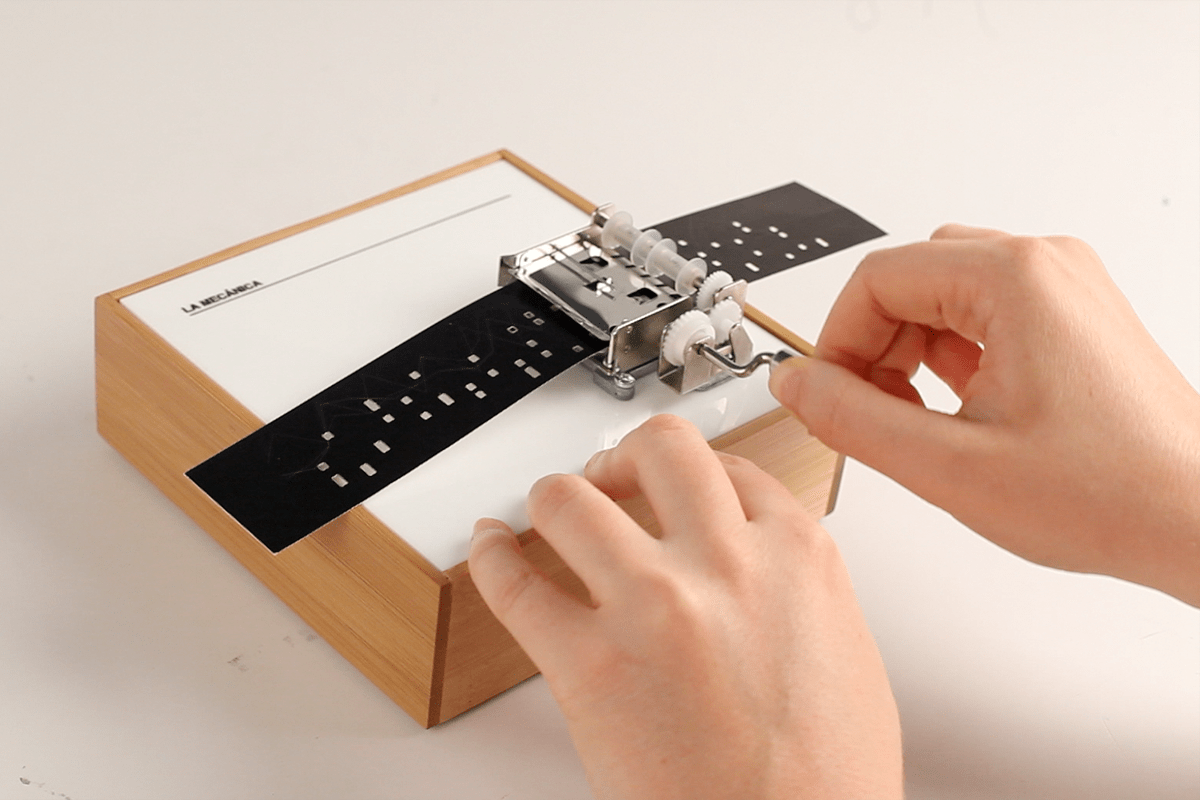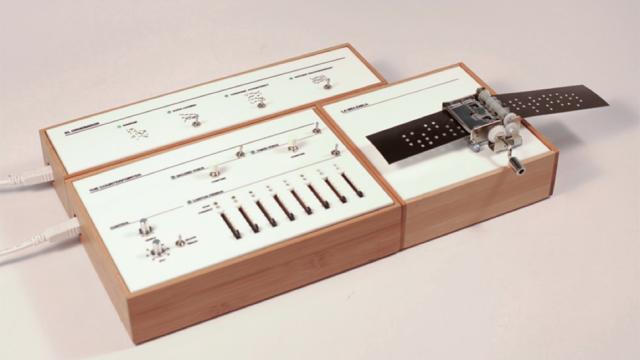It’s been almost three centuries since Bach wrote The Well-Tempered Clavier, a simple set of compositions (intended to help his second wife learn piano!) that became definitive in music theory. J.S. probably would’ve been surprised — but delighted — by the work of Luisa Pereira, who has translated some of his rules into the most modern form imaginable: The sequencer.
Pereira, who is a research fellow at NYU’s Interactive Telecommunications Program, cleverly calls her project The Well-Sequenced Synthesiser. It all began as she delved deeper into her interest in music theory — she found herself wanting to experiment with the rules. “I’m a programmer, so I knew some [rules] could be coded,” she tells Gizmodo. “I wanted to play with them the way I play instruments: with my hands, intuitively, not thinking at all. So I designed myself interfaces to do so. To play with music.”
The resulting handmade sequencers — there are three — each deal with a different compositional rule. For example, there’s The Counterpointer, which is programmed according to the Baroque rule of Counterpoint. First, you input a melody. Then, the machine creates a counter-melody — and then, a tertiary counterpoint melody (check out Bach’s famous example here). Then there’s El Ordenador, a long, thin box that starts by generating a crazily random series of chords. By flipping three switches, you can force the chords into a more organised, tonal progression. One switch controls “efficient voice leading,” one controls “harmonic consistency,” and another adds “diatonic macroharmy.” (These terms come from modern-day musicologist, Dmitri Tymoczko, who uses them to describe tonality in music.) Finally, the third sequencer is actually just a music box — which plays back the melodies created on the other machines.
It’s pretty neat to hear classical composition rules coming through in MIDI — it’s even cooler that these machines use an algorithm to produce a well-organised harmony. Will we ever get to play them? Maybe. Though the project was a one-off, Pereira says she’ll continue building them, and she hopes to see what musicians can make with them. “I would love to see what musicians might do with these sequencers,” she adds. “I also would like to make more sequencers, inspired on different concepts, algorithms, and notations.” [Luisa Pereira via CreativeApplications]
The Counterpointer:

El Ordenador:

La Mecánica:

